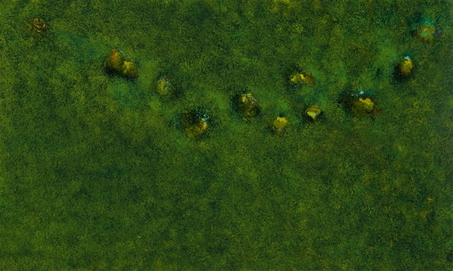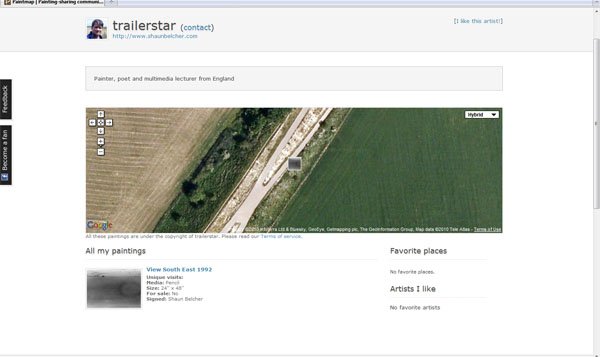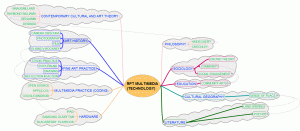Accessed 24.11.2010
http://gradworks.umi.com/32/72/3272054.html
Regional modernism: The vanishing landscape in American literature and culture, 1896–1952
(Sarah Orne Jewett, Â Edith Wharton, Willa Cather, William Faulkner, Ralph Ellison)
by Shimotakahara, Leslie, PhD, BROWN UNIVERSITY, 2007, 0 pages; 3272054
Abstract: For traditional literary criticism, the term ‘Regional Modernism’ no doubt represents a contradiction in terms. By idealizing communities tied to the soil, regional fiction gratifies the tastes of urban middle-class readerships that could still imagine their origins in this kind of locale at the fin-de-siècle. Modernism, by sharp contrast, addresses an international readership detached from any soil or homeland. Coining the term ‘regional modernism’ is my way of suggesting that, during the early twentieth century, major American novelists appropriated the language of regionalism and reworked it by means of aesthetic strategies we now characterize as modernist. Modernism simultaneously offers the reader a sense of experience specific to an American place and yet renders that place a phantasm that an individual carries within his consciousness. Beginning with Jewett’s The Country of the Pointed Firs, I argue that this famous regional novel acknowledges a problem in representing a place of origins: as rural New England is flooded by mass culture, it loses its semblance as a unique folk culture and thus its ability to designate origins. The next chapter considers how Wharton’s The House of Mirth imagines a high culture distinct and apart from the economy as a means of resurrecting the culture of ‘Old New York’ that mass culture effaced. Turning to The Professor’s House, I show how Cather seeks a form of aesthetic compensation for the way that conspicuous consumption disfigures the Midwest. She creates a purely imaginary landscape that her protagonist contains within his head as a fantasy of the primitive origins of universal man. My next chapter proposes that Faulkner appropriates this method in Absalom! Absalom! to represent the South as the white nation’s authentic identity. His fiction collaborates with a sociological school called the ‘New Regionalism’ in mystifying the South’s economic history of slave labor and remaking it as an organic folk culture. The dissertation concludes by asking what an African-American writer has to do to write as a modernist. I argue that Invisible Man seizes on cosmopolitan modernism’s stereotype of the African as nature incarnate and reshapes it into a black subject characterized by unique individuality.
Advisor: Armstrong, Nancy
School: BROWN UNIVERSITY
Source: DAI-A 68/07, p. 2947, Jan 2008
Source Type: DISSERTATION
Subjects: American literature
Publication Number: 3272054
Adobe PDF Access the complete dissertation:
» Find an electronic copy at your library.
Use the link below to access a full citation record of this graduate work:
http://gateway.proquest.com/openurl%3furl_ver=Z39.88-2004%26res_dat=xri:pqdiss%26rft_val_fmt=info:ofi/fmt:kev:mtx:dissertation%26rft_dat=xri:pqdiss:3272054
If your library subscribes to the ProQuest Dissertations & Theses (PQDT) database, you may be entitled to a free electronic version of this graduate work. If not, you will have the option to purchase one, and access a 24 page preview for free (if available).
MFS Modern Fiction Studies
Volume 55, Number 1, Spring 2009
E-ISSN: 1080-658X Print ISSN: 0026-7724
DOI: 10.1353/mfs.0.1596
Afterword:
Regional Modernism and Transnational Regionalism
Marjorie Pryse
At the 2002 Modernist Studies Association Fourth Annual Conference, several of us participated in a seminar titled “Regionalism and the Modern.â€1 In the discussion that revolved around previously shared position papers, seminar participants considered the idea that regionalism allows modernism to be understood as a crisis of definition. The seminar developed the idea of modernism as a process of layering—in space, of regions; in the social world, of identities; and in narrative, of time—a sedimentation that excavates the regionalist bedrock of the modern text. Earlier in the conference we had listened to Simon Gikandi note (in his plenary talk “Africa and the Epiphany of Modernismâ€) that “the process of developing categories in modernity depends on the purification of categories.†He argued that modernism derives its energy from the “other,†but that the institutions of modernism “separate out and ‘tame’ the sources†of that very energy, as when museums of modern art categorize African art as “primitive†instead of as integral to the history of art. For Gikandi, the region of Africa creates an epiphany of “what the ‘other’ is for the moderns.†Modernism becomes transnational when Gikandi explores the relationship between regional—African—art and modernism. At the same time, modernism becomes regional, and the challenge to modernism becomes one of including heterogeneity and global regions in its categories. [End Page 189]
Accessed: 24.11.2010
http://muse.jhu.edu/journals/modern_fiction_studies/v055/55.1.pryse.html



